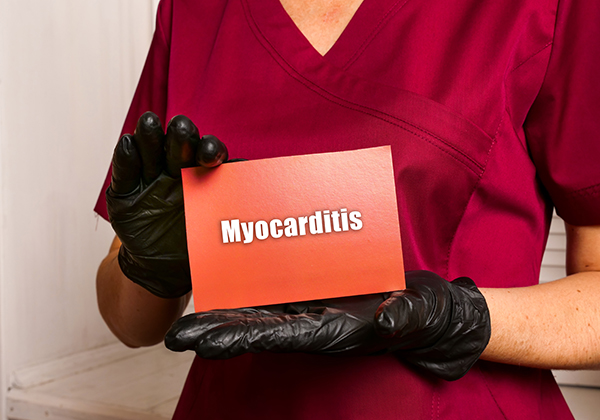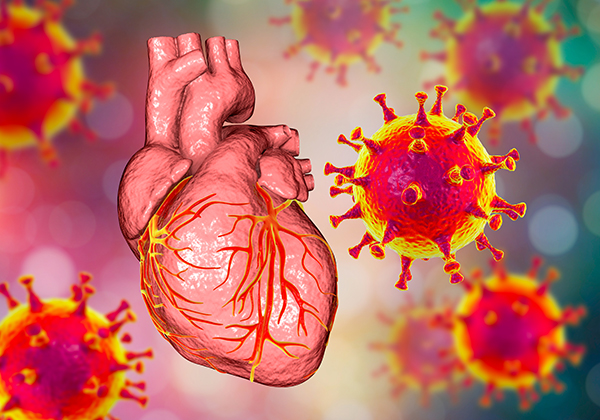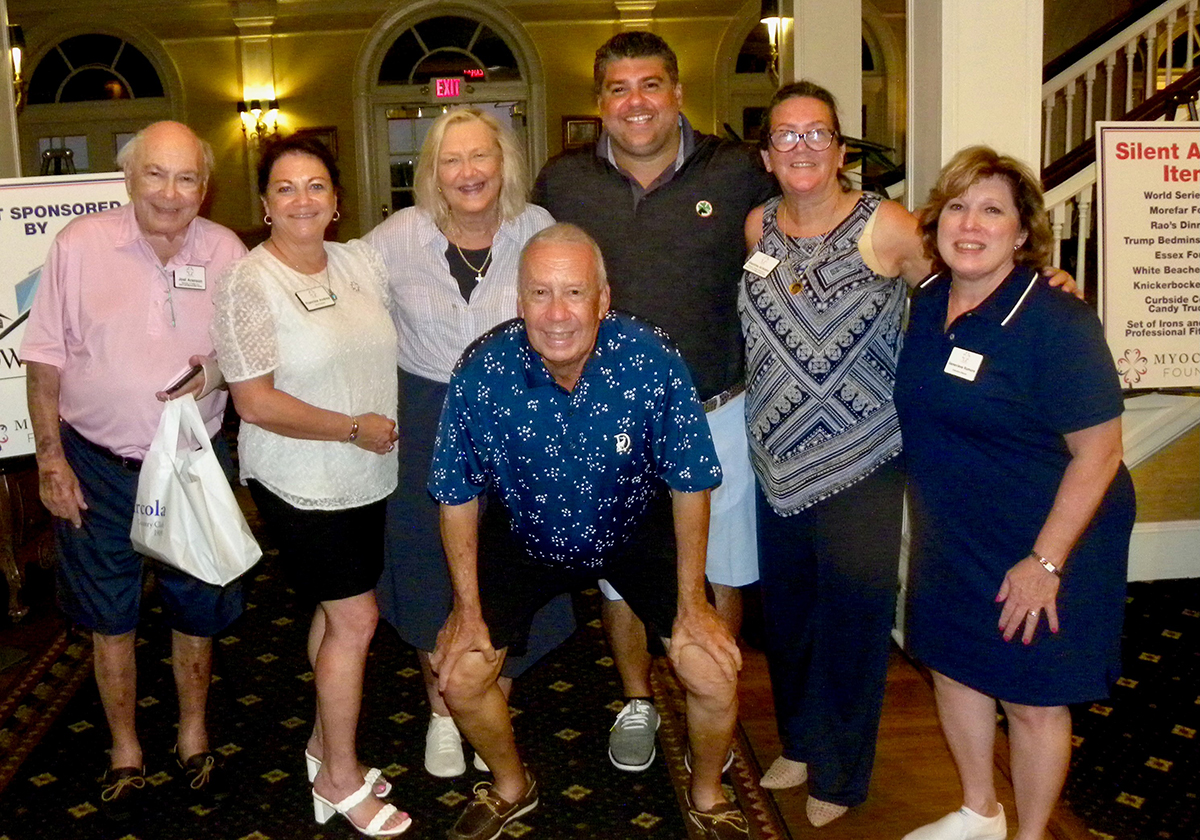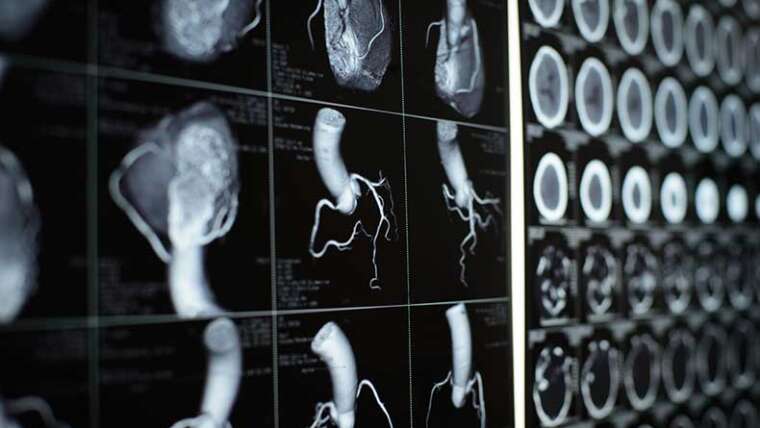 While myocarditis is a rare condition, it can affect patients of all ages and backgrounds. Myocarditis is an inflammatory condition of the heart, frequently caused by a viral infection. After a patient has been diagnosed with myocarditis, exercise is typically contraindicated – meaning the patient will need to avoid sustained and high intensity exercise until the heart inflammation resolves. Learn more in this post from Myocarditis Foundation, a non-profit dedicated to providing resources about myocarditis to educate patients, their loved ones, and healthcare professionals.
While myocarditis is a rare condition, it can affect patients of all ages and backgrounds. Myocarditis is an inflammatory condition of the heart, frequently caused by a viral infection. After a patient has been diagnosed with myocarditis, exercise is typically contraindicated – meaning the patient will need to avoid sustained and high intensity exercise until the heart inflammation resolves. Learn more in this post from Myocarditis Foundation, a non-profit dedicated to providing resources about myocarditis to educate patients, their loved ones, and healthcare professionals.
Diagnosis and Treating Myocarditis
Myocarditis can be difficult to diagnose, as the symptoms may be similar to symptoms of other types of cardiac conditions. Some patients with myocarditis do not experience any symptoms. When a patient has myocarditis, their heart is damaged by the body’s immune response (typically to fight a virus or other contagious illness). Even after the patient has recovered from the infection, their heart can still experience stress and inflammation, during the 3-6 month healing period, leading to symptoms that can include:
- Fatigue
- Lightheadedness
- Pain or pressure in the chest
- Palpitations
- Shortness of breath
- Sudden loss of consciousness
- Swelling in the ankles, feet, legs, or hands
If a patient is suspected to have myocarditis, their doctor will usually perform a series of tests to confirm a diagnosis. Besides a chest X-ray and an electrocardiogram, lab tests looking for inflammatory markers, possibly an Echocardiogram and an MRI may be performed. Patients with myocarditis can have inflammation and scar tissue on the heart that makes it difficult for their heart to pump blood effectively.
Recovery Period
Once a patient has been diagnosed with myocarditis, they are often instructed to refrain from sustained and high intensity exercise for three to six months. This gives the heart time to recover. Exercising during this recovery period can cause additional stress on the heart, leading to inflammation and scar tissue that can affect the heart’s ability to function properly. After this recovery period, the doctor can conduct tests looking to ensure that the heart has healed and exercise can resume.
Living with Myocarditis
Each patient is different – some will need additional recovery time, others can resume exercise after six months. A patient may need to adjust their level of physical exertion and choose less strenuous forms of exercise than they previously enjoyed. Other lifestyle factors can also affect the patient’s overall health and ability to exercise. If you have myocarditis, your doctor may recommend:
- Avoiding tobacco and alcohol
- Eating healthy foods like fruits and vegetables
- Reducing your intake of caffeine and sodium
Your healthcare team is the best resource for helping you manage your myocarditis safely. Many patients with myocarditis can try resuming an exercise routine after their heart has had time to heal. Talk with your doctor if you have questions about specific activities or types of exercise you’d like to try.
Learn More about Living with Myocarditis
If you or a loved one has recently been diagnosed with myocarditis, it’s understandable to feel overwhelmed. But there are resources and information available to support you. At Myocarditis Foundation, we offer research articles, webinars, and an online community for patients and caregivers across the United States, as well as resources for healthcare professionals. For more information about living with myocarditis, exercise, diet, and other health recommendations, contact us today.
































